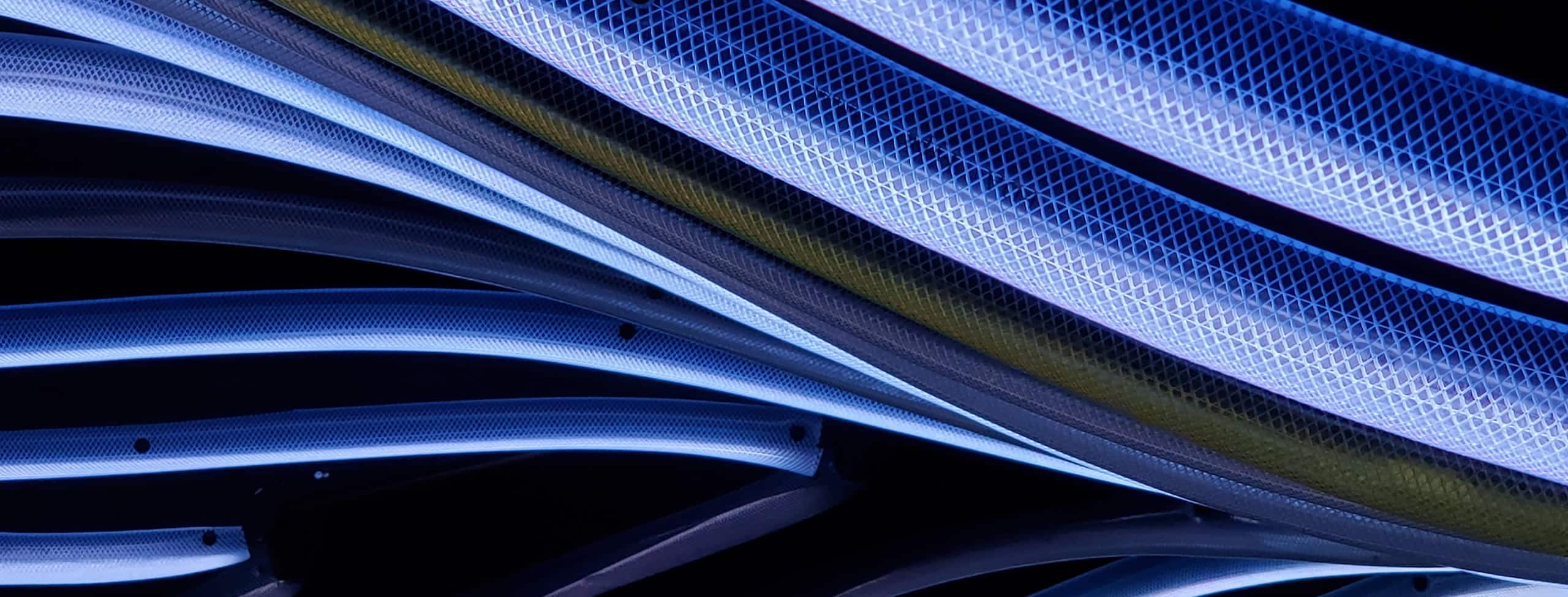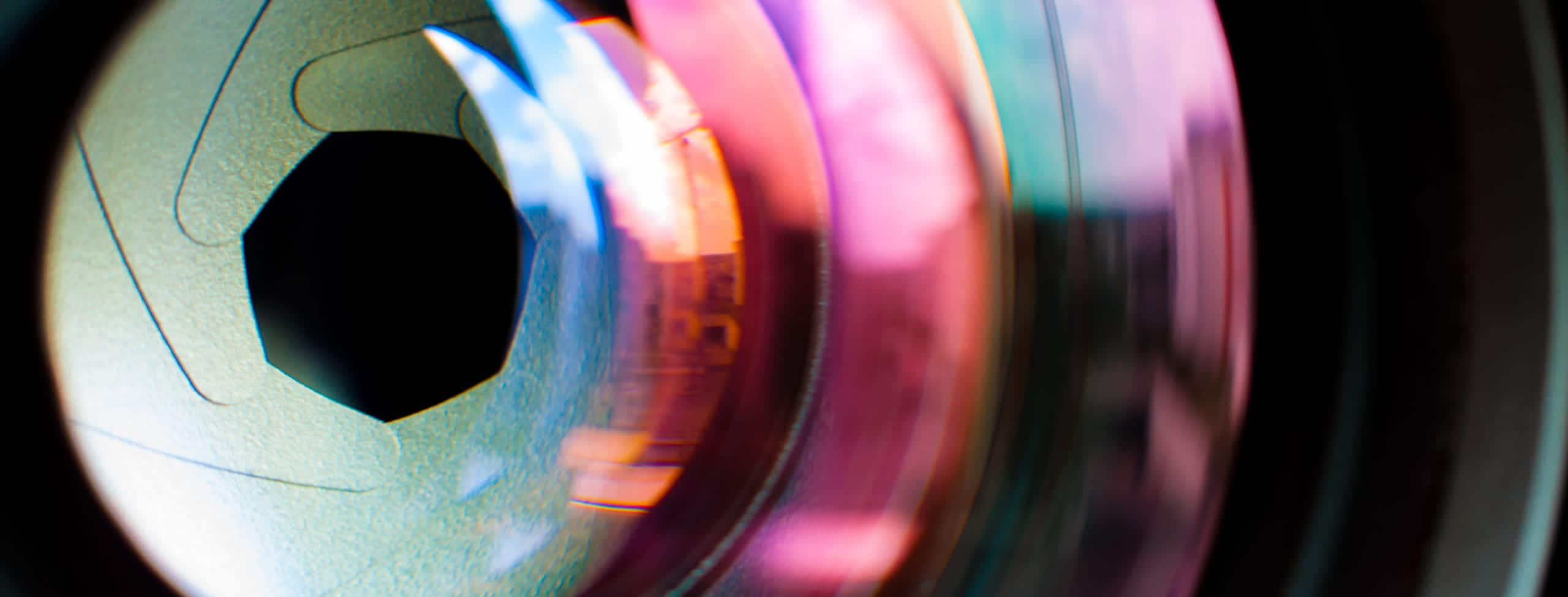CareDx v. Natera: Another blow to eligibility for diagnostic method patents
This fall, the Supreme Court denied certiorari in CareDx Inc. v. Natera, Inc., et al and declined the opportunity to revisit the issue of patent eligibility under 35 U.S.C. §101 (Section 101) or make any change to the existing bounds of Section 101 for diagnostic method patents.
The denial of certiorari is a continuation of the Supreme Court’s disinclination to change the existing law, as interpreted by the Federal Circuit, on patent eligibility. Since the Supreme Court’s decision in Mayo, the Federal Circuit has consistently invalidated diagnostic method patents as directed to ineligible subject matter under Section 101.
The Federal Circuit’s ruling in CareDx seems to suggest that claims drafted as methods of preparing samples or methods of treatment are more likely to constitute a patent-eligible diagnostic method rather than a law of nature.
As CareDx noted in its petition, the Supreme Court on five occasions has called for the views of the Solicitor General in considering whether a case constitutes an appropriate vehicle to clarify the scope of Section 101. The Solicitor General has recommended that the Supreme Court take up these issues in Tropp v. Travel Sentry, Inc. and Interactive Wearables, LLC v. Polar Electro Oy, but the Supreme Court denied certiorari in both instances. Neither case involved claims directed to diagnostic methods.
Currently, those parties challenging diagnostic method patents have more precedent to support their challenge. As explained further below, given the Federal Circuit’s focus on conventionality in CareDx, patentees may be best served by focusing on distinguishing their claimed methods from routine steps in the art.
For those drafting claims directed to diagnostic methods, such claims may be more likely to pass muster under Section 101 if drafted as methods of preparing samples or methods of treatment. See Illumina, Inc. v. Ariosa Diagnostics, Inc., 967 F.3d 1319, 1325 (Fed. Cir. 2020) (“This is not a diagnostic case. And it is not a method of treatment case. It is a method of preparation case.”).
These observations, and our discussions of the CareDx decisions, are best framed against the landscape of the recent Supreme Court activity in this area.
In 2018, the United States filed in amicus brief in Hikma Pharmaceuticals USA Inc. v. Vanda Pharmaceuticals Inc., noting that the Supreme Court should clarify the state of the law, particularly with regard to diagnostic method claims. The Supreme Court denied Hikma’s petition for certiorari.
In March 2019, CareDx Inc. filed suit against Natera, Inc., and Eurofins Viracor, Inc. asserting patents it had licensed from Stanford University relating to early non-invasive detection of organ transplant failure. Two were asserted against both Natera and Eurofins, while a third additional patent was asserted against Natera. The patents claim methods of detecting particular concentrations of donor-specific cell-free DNA in the bodies of donor recipients and share a single written description.
In September 2021, Chief Judge Colm F. Connolly of the District of Delaware ruled that the three patents CareDx had asserted against Natera were invalid under Section 101 for claiming patent-ineligible subject matter. See CareDx, Inc. et al. v. Natera, Inc. et al, 1:19-cv-00567-CFC-CJB, Dkt. No. 183 at 35 (D. Del. September 28, 2021). Judge Connolly had initially denied the defendants’ motions for summary judgment of invalidity under § 101 in 2020, but subsequently reconsidered summary judgment of invalidity pursuant to Federal Rule of Civil Procedure 56(f)(3) and the court's inherent authority. After holding an evidentiary hearing, the court found that the asserted patents claimed patent-ineligible subject matter and were therefore invalid under § 101. Specifically, the court found that the correlation between donor-specific cfDNA and organ rejection are natural phenomena, and the written description underscored the conventionality of the claimed methods.
The Federal Circuit affirmed Judge Connolly’s ruling on July 18, 2022. There was no dissenting opinion.
CareDx unsuccessfully argued that the claimed invention was an improvement of the inadequate measurement methods in the prior art rather than the discovery of a natural correlation between organ rejection and the donor’s cfDNA levels in the recipient’s blood. CareDx also argued that the district court did not properly perform the Alice/Mayo step one analysis because it concluded that step is essentially the same as step two and centers on conventionality, and that, as to Alice/Mayo step 2, the use of digital PCR and next-generation sequencing to identify and measure donor-specific SNPs was an inventive breakthrough, with a specific and useful application.
The Federal Circuit rejected these arguments, finding instead that this was “not a case involving a method of preparation or a new measurement technique.” CareDx, Inc. v. Natera, Inc., 40 F.4th 1371, 1377 (Fed. Cir. 2022). CareDx petitioned for en banc review, but the petition was denied.
CareDx filed a petition for writ of certiorari on May 1, 2023. arguing that the Supreme Court needed to take another Section 101 case and that this case presented a better vehicle for clarifying Section 101 than the two recommended by the Solicitor General. Urging the Supreme Court to bring Section 101 back to its statutory textual roots. it asserted that cases involving diagnostic methods “need” Supreme Court review. CareDx also distinguished Mayo on the basis that the Mayo claims preempted the entire field, whereas CareDx’s patents are directed to improvements upon prior known methods for distinguishing donor against recipient DNA fragments.
Natera and Eurofins filed separate responses. Both emphasized that Mayo controls and that this dispute is a straightforward application of Mayo. They argued that the claims at issue are “indistinguishable from other diagnostic method claims the Supreme Court found ineligible in Mayo.” See Natera Br., CareDx Inc., et al. v Natera, Inc., et al., 2022-1027, 2022-1028 (Feb. 17, 2022) at 17.
The respondents further contended that there is no reason to revisit Mayo, given that this case would be a “poor vehicle for revisiting” the law. The argument, in part, was that the patents at issue do not claim an “improvement” to existing methods and the policy concerns regarding medical diagnostic patents are not implicated. Both respondents also pointed to the fact that the Federal Circuit issued no dissents and en banc review was denied. Natera suggested that “close[r]” Section 101 cases would be better vehicles, for example, the split Circuit decision in Athena Diagnostics, Inc. v. Mayo Collaborative Services, LLC, 927 F.3d 1333 (Fed. Cir. 2019), which had eight separate opinions in connection to en banc denial, and Ariosa Diagnostics, Inc. v. Sequenom, Inc., 809 F.3d 1282 (Fed. Cir. 2015), which spawned three separate opinions.
While consistent with its prior decisions, the Federal Circuit found that the method at issue in CareDx was “not a case involving a method of preparation or a new measurement technique.” This seems to suggest, as noted above, that claims drafted as methods of preparing samples or methods of treatment are more likely to constitute a patent-eligible diagnostic method rather than a law of nature.
In sum, for practitioners trying to read the Section 101 tea leaves, the Supreme Court’s denial of certiorari leaves little changed in the state of patent eligibility law for diagnostic methods.



